Google Maps and Various API's Is Making Huge Profit
By MYBRANDBOOK
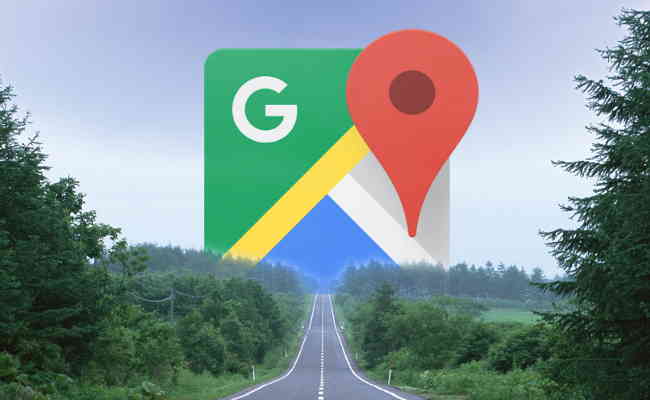
It's true that Google map is helpful when you plan for the route to reach your destination but at times Google map gives you the wrong route, which is very rare or it’ll reach the destination few minutes late. Thanks to the R&D team of Google, developed various API’s which is for the commercial use.
One always gets happy that we own the Google map, free download. Yes it is true ,it free for the consumers, it is free because you are giving the information about your location, traffic information, your movements information and that to your buying patterns, that too Google knows where all you visited and also with whom, if your Google map is active in your mobile. So no secret you had left.
Now, a question comes on how Google makes money from the Google map, when ones mobile is active, our movement tells google about the traffic information to the google server through satellite, through the analytics of crowd sourcing. Crowdsourcing is a great tool for improving the accuracy and quality of maps and your fleet benefits from this movement. As we know, the accuracy of maps and fleet management data is an essential need for businesses trying to optimize their operations. The idea of crowdsourcing is about a large number of users collecting, contributing and verifying data.
Mapping platforms require a ton of data on roads, landmarks, changed addresses, new buildings, climate, speed limits, and many more which need data on real-time traffic conditions, new construction projects, whether or not a street is one-way and hence it is free in most of the mobile phones or it comes as the value addition or at times pre-loaded apps in the mobile. Don’t get surprise Mobile phone companies are being paid by the Google. The performance of crowdsourcing to gather data is remarkable.
It’s ultimately humans who are combining and cleaning data about the physical world to improve Google maps. Sometimes, we are actively contributing this information and other times, we’re unaware of it. Whenever a driver uses Google Maps to navigate, they are sending geolocation data to Google every minute. Google uses GPS location to analyze the distance you covered and compares it to expected distance to determine traffic conditions. It also benefits from real time data that comes from its large user user base.
It is easy to take free route-planning software with Google Maps for granted; using the program, almost anyone with a computer can find a way to a destination with little effort. In addition to the many benefits of Google Maps, a traveller should be aware of its accuracy limitations and the traffic conditions in the road. Google claims that Maps data is constantly updated with more than 25 million updates and over 20 million user contributions a day. There is also real-time traffic information available in most locations across the globe, and machine learning integration brings an optimised experience across devices no matter whether you are accessing maps on mobile devices or on a desktop.
For each billing account and marketing efforts Google gives, for qualifying Google Maps Platform SKUs, a $200 USD Google Maps Platform credit is available each month, and automatically applied to the qualifying SKUs, which seems to be a peanut. Google has raised the prices of Google Maps APIs and the sources said, Prices have gone up as much as 15 to 18 times in certain cases. Many raises concern on the price rise of Google Maps APIs is going to shock a lot of small- and medium-sized projects.
Until the July 16 update, developers with an app or website that exceeded the limit of 25,000 maps views per day needed to pay $0.50 (approximately Rs. 34) per 1,000 additional requests, up to 100,000 per 24 hours. But with the new changes, the same 1,000 additional requests apparently cost $7 (roughly Rs. 481). The companies are now absorbing this additional cost burden, but this is forcing many companies to start looking into developing in-house mapping solution or use open source technologies.
Many companies into logistics, cargo and e-commerce companies are taking the enterprise licence from Google. They says, our revenue cannot absorb the costs. In the due course of time, Google Maps has tied up with various state government’s transport agency to track buses. The trackers had been installed in government buses but were not being used. Hence Google does many businesses not for charity but absolutely for the business.
The alternative of Google map are OpenStreetMap (OSM),Mapbox, TomTom, MapemyIndia and few more are available. Now the taxi aggregators including OLA and UBER are looking for the alternative of Google Maps in light of the latest developments.
Once you make a habit, you find difficult to leave it behind, a 1400 percent price hike in a very short period of time is overwhelming. A report says, we've spoken to people whose costs have gone from $0 to $4,000 per month, other see costs increase from $1,000 to $30,000 per month. Large enterprises will always have enough time and resources to negotiate custom contracts, but small and medium businesses are directly hit by the shift.


Nazara and ONDC set to transform in-game monetization with ‘
Nazara Technologies has teamed up with the Open Network for Digital Comme...

Jio Platforms and NICSI to offer cloud services to government
In a collaborative initiative, the National Informatics Centre Services In...
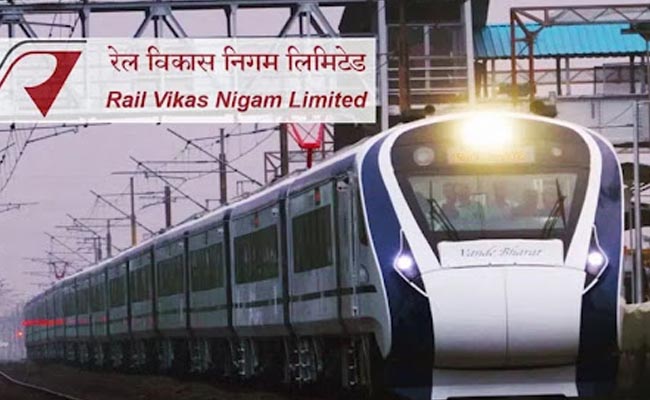
BSNL awards ₹5,000 Cr Project to RVNL-Led Consortium
A syndicate led by Rail Vikas Nigam Limited (abbreviated as RVNL), along wi...

Pinterest tracks users without consent, alleges complaint
A recent complaint alleges that Pinterest, the popular image-sharing platf...

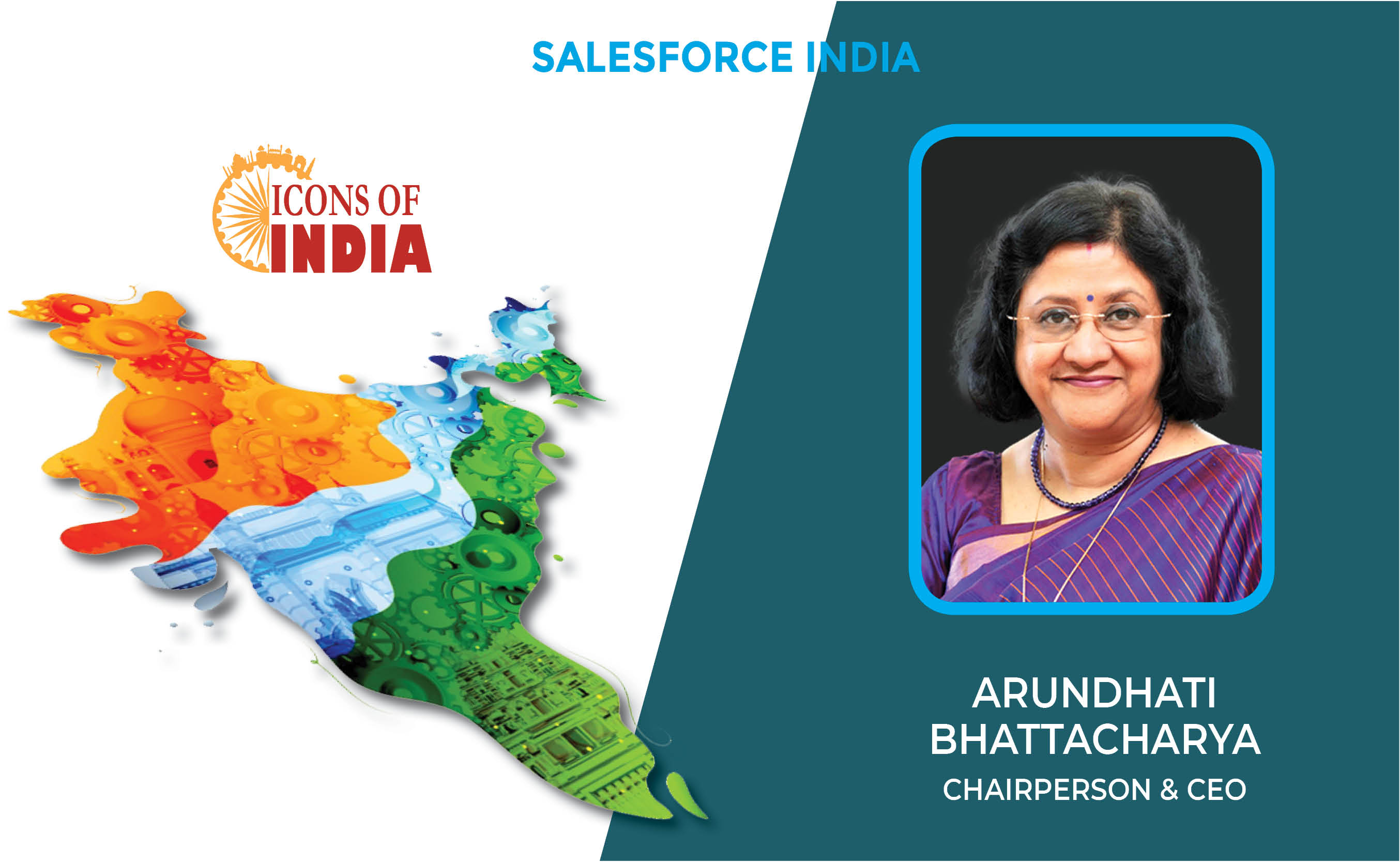
Icons Of India : Arundhati Bhattacharya
Arundhati Bhattacharya serves as the Chairperson and CEO of Salesforce...
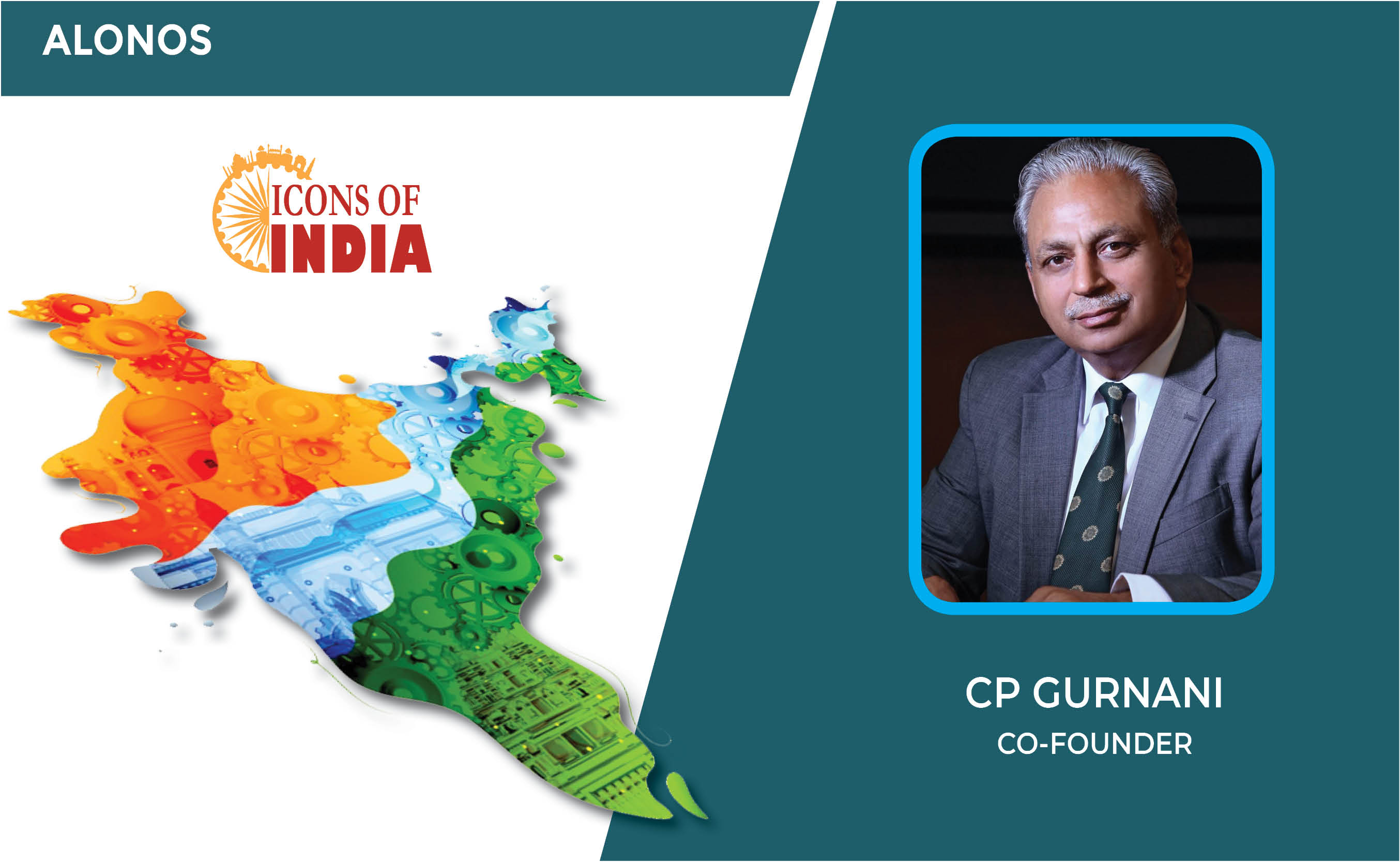
Icons Of India : CP Gurnani
Former Managing Director and CEO of the well-known IT service company ...
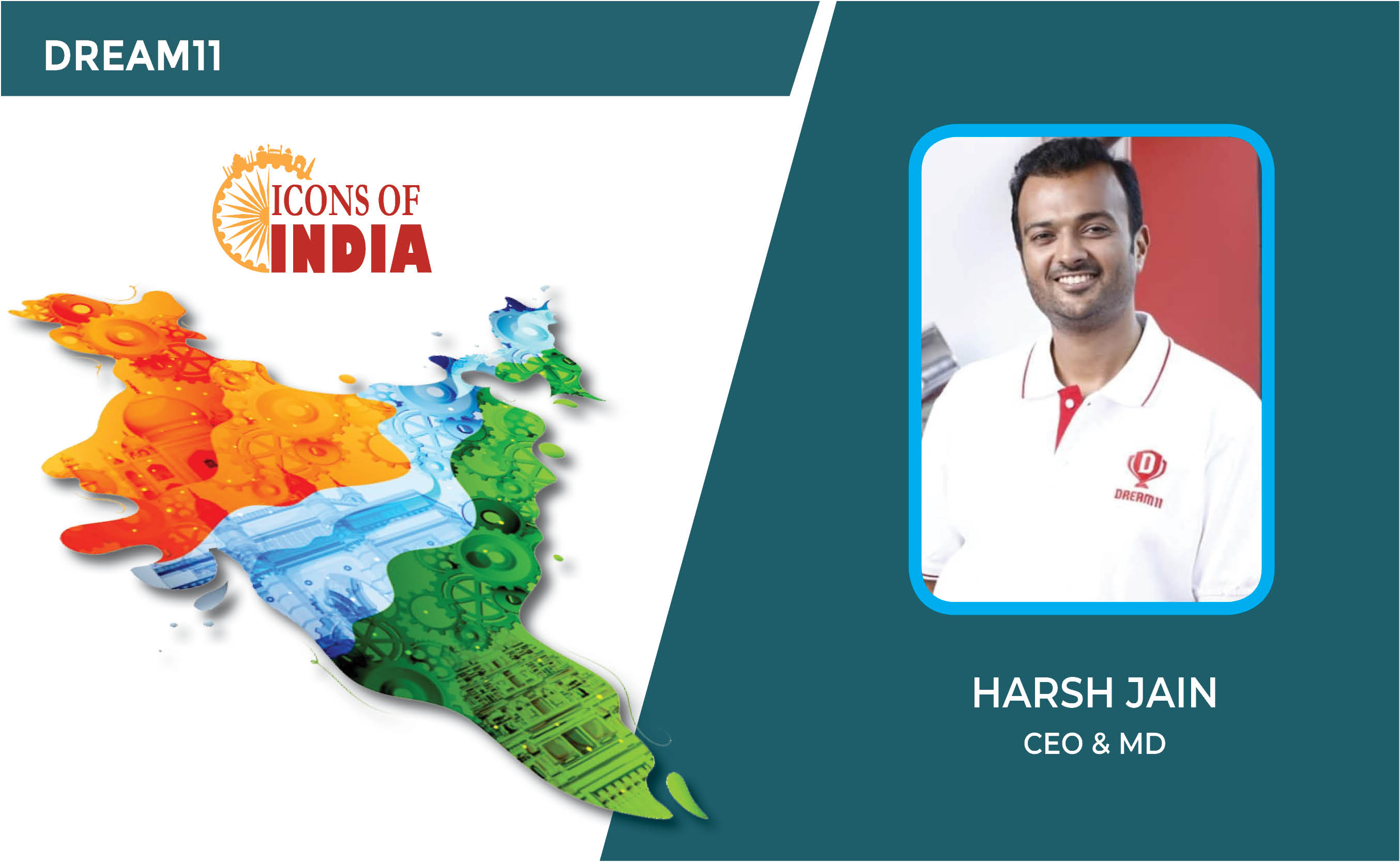
Icons Of India : Harsh Jain
Harsh Jain, the co-founder of Dream 11, the largest fantasy sports web...


TCIL - Telecommunications Consultants India Limited
TCIL is a government-owned engineering and consultancy company...
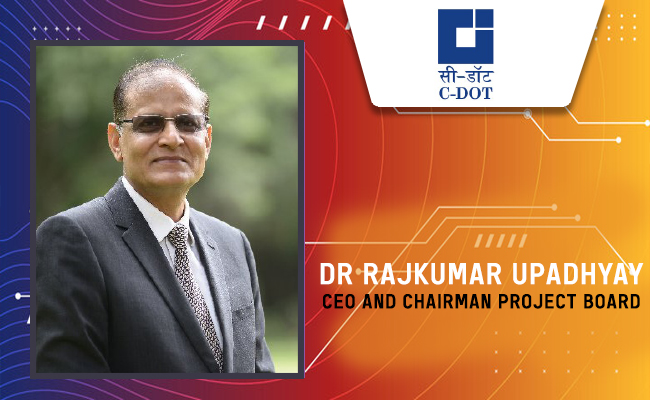
C-DOT - Center of Development of Telematics
India’s premier research and development center focused on telecommu...

NPCI - National Payments Corporation of India
NPCI is an umbrella organization for operating retail payments and set...


Indian Tech Talent Excelling The Tech World - REVATHI ADVAITHI, CEO- Flex
Revathi Advaithi, the CEO of Flex, is a dynamic leader driving growth ...
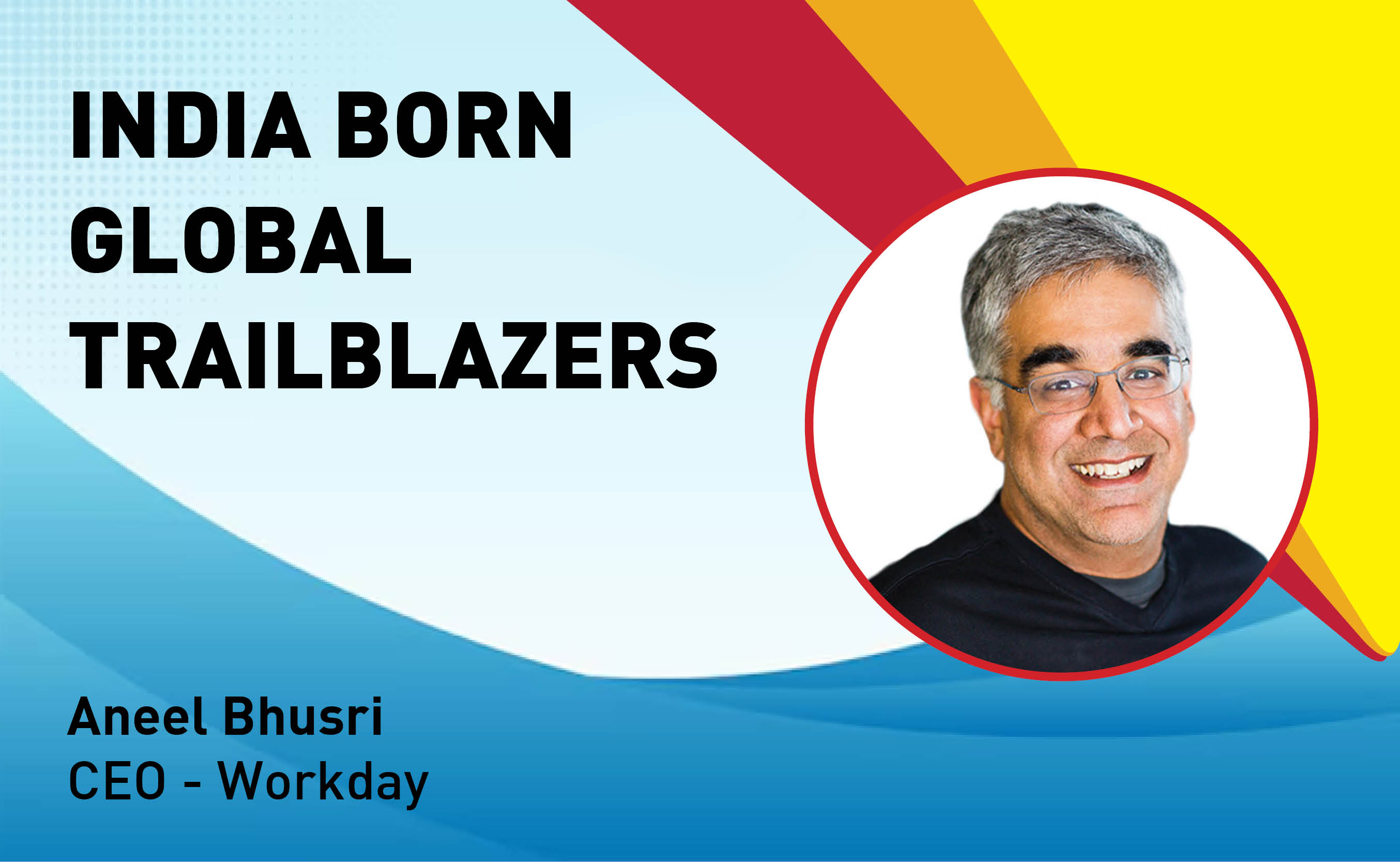
Indian Tech Talent Excelling The Tech World - Aneel Bhusri, CEO, Workday
Aneel Bhusri, Co-Founder and Executive Chair at Workday, has been a le...

Indian Tech Talent Excelling The Tech World - Lal Karsanbhai, President & CEO, Emerson
Lal Karsanbhai, President and CEO of Emerson, assumed the leadership i...